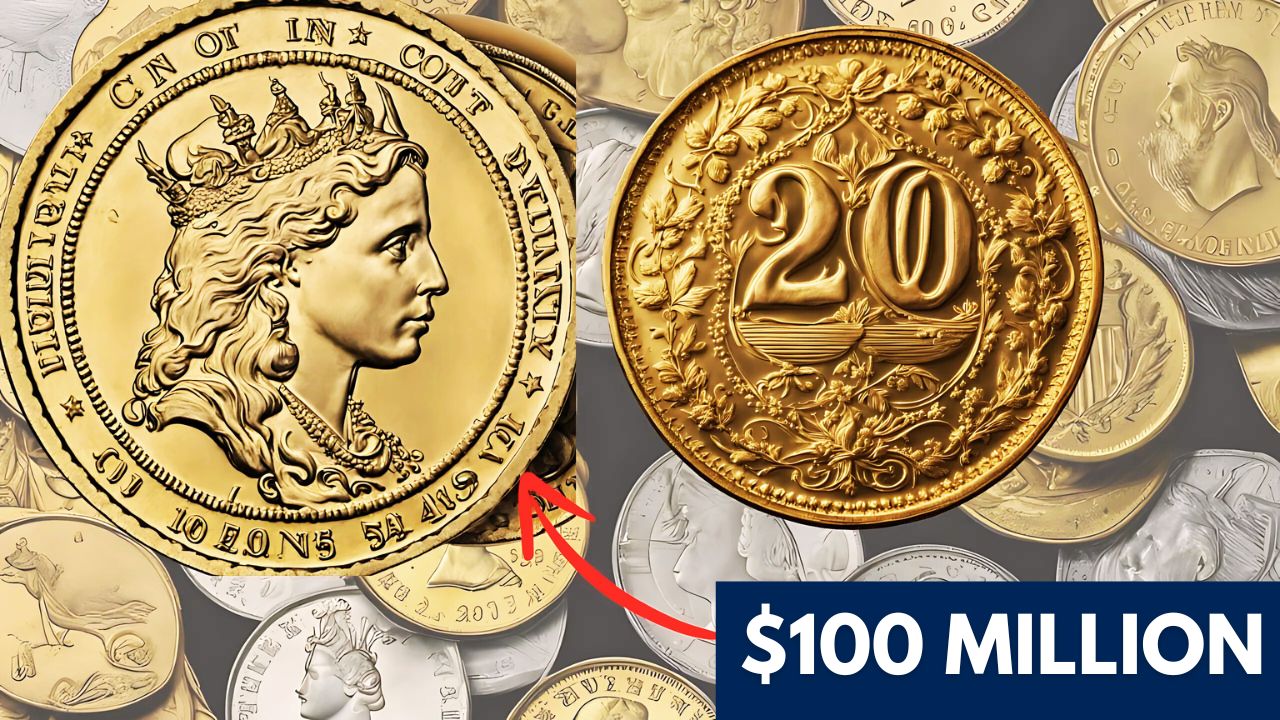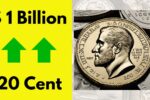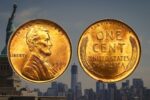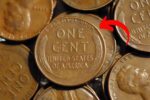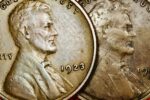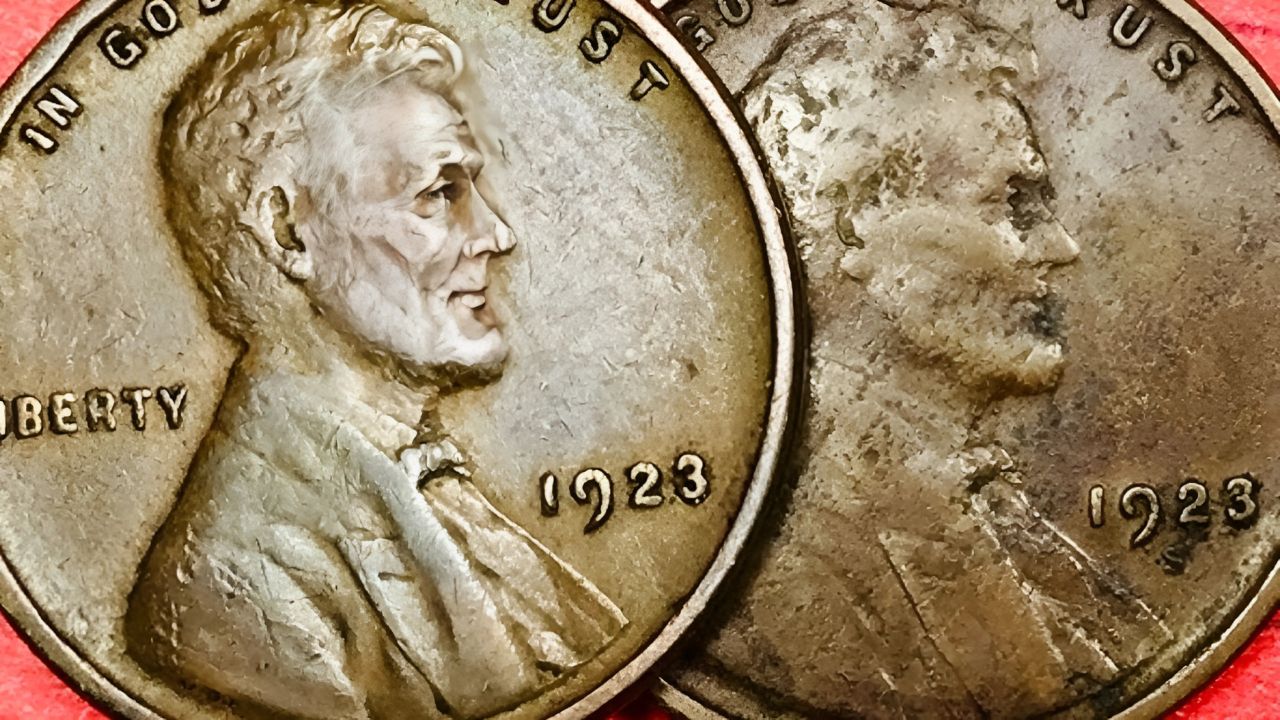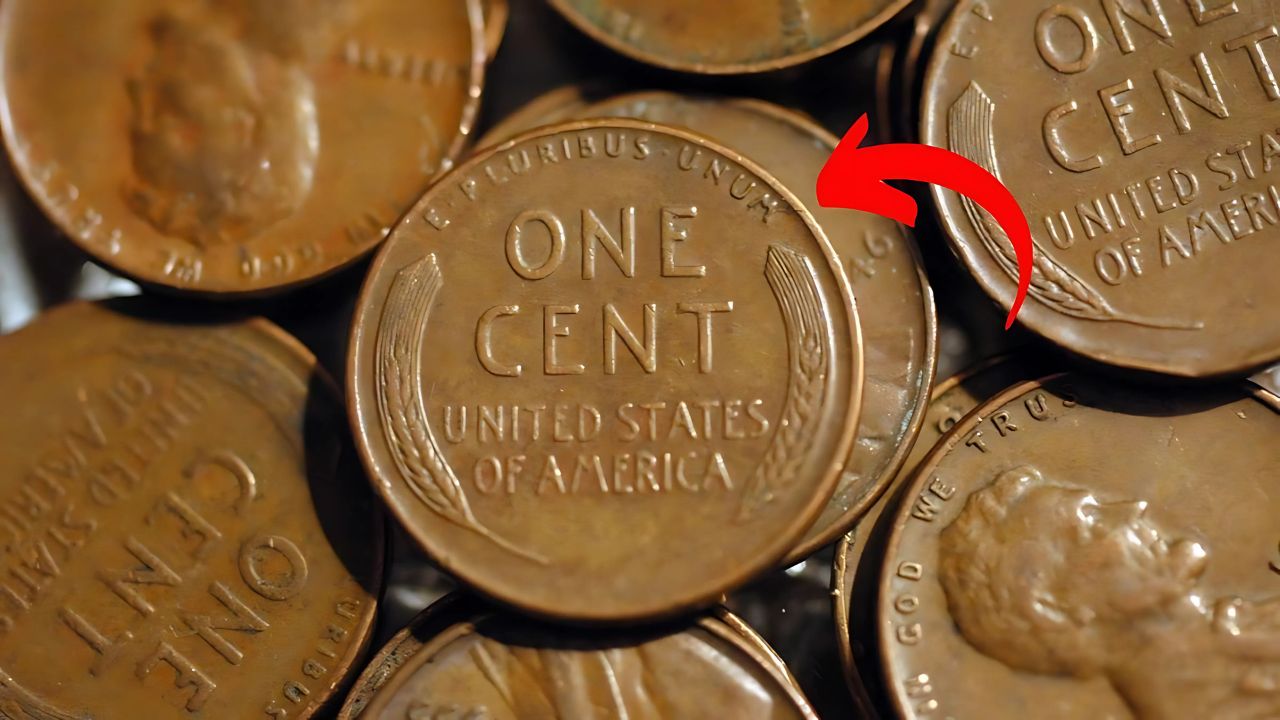Rare 20 cent coin: In the vast realm of numismatics, few coins capture the imagination quite like the rare 20-cent piece. This often-overlooked denomination, minted for just a brief period in American history, has become a “holy grail” for collectors.
With some specimens reportedly commanding jaw-dropping prices, including rumors of a $90 million valuation, the allure of this coin is undeniable.
But what makes this coin so special? And why does it command such astronomical prices? Let’s dive into the captivating history of the 20-cent piece and uncover its potential to change lives.
A Brief History of the Rare 20 Cent Coin
The 20-cent piece, also known as the “double dime,” was first introduced in 1875. Its purpose was to simplify commerce in the western United States, where Spanish and Mexican coins were still widely circulated. By bridging the gap between foreign currency and U.S. coinage, the 20-cent piece was seen as a practical solution to monetary confusion.
Unfortunately, the coin’s life was incredibly short-lived. Minted for only three years (1875-1877), it was discontinued after facing widespread criticism. The primary issue?
Its size and design made it almost indistinguishable from the quarter dollar, leading to frequent confusion in transactions. This brief production period, however, is a key factor contributing to the coin’s rarity and value today.
Why Is the 20 Cent Piece So Rare?
Several factors contribute to the rarity and high value of the 20-cent coin:
- Low Mintage Numbers:
- The total mintage for all 20-cent pieces was just 1.35 million coins, spread across three years.
- The rarest variant, the 1876-CC (Carson City mint), had only 10,000 coins minted.
- High Attrition Rates:
- Many of these coins were melted down or lost over time, making surviving specimens exceedingly scarce.
- Short Minting Period:
- With a production window of only three years, the coin’s availability was extremely limited compared to other denominations.
- Collector Demand:
- As one of the shortest-lived denominations in U.S. history, the 20-cent piece holds immense historical and numismatic appeal.
The Myth of the $100 Million Coin
The notion of a 20-cent piece being worth $100 million is intriguing but should be approached with skepticism. While rare coins can fetch extraordinary prices, this figure likely stems from exaggerated claims or urban legends.
The most expensive 20-cent piece sold to date is an 1876-CC graded MS-65 (Mint State 65) by PCGS, which fetched $564,000 at a 2013 auction. Although this is a far cry from $100 million, it’s still an impressive sum. Coin values can fluctuate based on condition, rarity, and market demand. Hypothetically, a perfect-condition specimen with extraordinary provenance could fetch millions, but $100 million remains unrealistic in today’s market.
Key 20-Cent Pieces and Their Values
To better understand the value of this coin, let’s explore the most notable 20-cent pieces:
| Year | Mint | Total Mintage | Notable Value (MS-65) |
|---|---|---|---|
| 1875 | Philadelphia | 36,910 | $4,000 – $10,000 |
| 1875-S | San Francisco | 1,155,000 | $1,500 – $5,000 |
| 1876 | Philadelphia | 14,640 | $8,000 – $15,000 |
| 1876-CC | Carson City | 10,000 | $200,000 – $564,000 |
| 1877 (Proof) | Philadelphia | 350 (Proof Only) | $100,000+ |
Factors That Determine a Rare 20 Cent Coin’s Value
Several key factors influence the value of a 20-cent piece:
- Mintage Year and Mint Mark:
- The 1876-CC from Carson City is the rarest and most valuable.
- The 1877 was only produced as a proof coin, further enhancing its rarity.
- Condition:
- Coins in uncirculated condition (graded MS-60 and above) are worth significantly more than circulated examples.
- Rarity:
- The fewer examples known to exist, the higher the coin’s value.
- Historical Significance:
- The coin’s unique place in U.S. history adds to its desirability.
- Market Demand:
- Interest from collectors can drive up prices, especially for key dates and mint marks.
How to Identify a Rare 20 Cent Coin
If you suspect you have a 20-cent coin, here are steps to identify its potential value:
- Check the Date and Mint Mark:
- Look for the years 1875, 1876, or 1877.
- Examine the mint mark (“CC” for Carson City, “S” for San Francisco, or no mark for Philadelphia).
- Inspect the Condition:
- Coins with minimal wear, sharp details, and good luster are more valuable.
- Authenticate the Coin:
- Be aware of counterfeit coins. Consult a professional numismatist for verification.
| Grading Scale | Condition Description | Value Impact |
|---|---|---|
| MS-65 and Above | Mint State with sharp details | Extremely high value |
| XF-40 to AU-58 | Light wear but sharp details | Moderately high value |
| VF-20 to VF-35 | Moderate wear but clear design | Moderate value |
| G-4 to F-12 | Heavy wear, details still visible | Lower-end value |
The Life-Changing Potential of Rare Coins
While finding a multi-million-dollar coin is rare, the numismatic world offers opportunities for significant financial gain:
1. Investment Opportunities
Rare coins have long been considered an alternative investment. They often appreciate in value over time, especially those with historical significance.
2. Unexpected Windfalls
Numerous stories exist of people discovering valuable coins in old collections, inheritances, or even pocket change. A forgotten coin jar could hold untapped value.
3. Hobby Turned Profit
For many, coin collecting begins as a hobby but evolves into a profitable venture. The thrill of discovering rare coins can be both rewarding and lucrative.
4. Historical Connection
Owning a rare coin connects you to a tangible piece of history. This emotional and cultural value often surpasses monetary considerations.
The Broader World of Valuable Coins
While the 20-cent piece is extraordinary, other coins have also commanded impressive sums:
- 1794 Flowing Hair Silver Dollar: Sold for over $10 million in 2013.
- 1933 Double Eagle: A $20 gold coin that sold for $18.9 million in 2021.
- 1943 Bronze Lincoln Penny: One of these pennies sold for $1.7 million in 2010.
Tips for Aspiring Coin Collectors
If you’re intrigued by rare coins, here are steps to begin your journey:
- Educate Yourself: Learn about coin grading, mintage figures, and market trends.
- Start Small: Begin with affordable coins and gradually move to rarer specimens.
- Buy from Reputable Dealers: Ensure authenticity by purchasing from trusted sources.
- Protect Your Investment: Store coins in proper cases to prevent damage.
- Join Numismatic Groups: Connect with other collectors to exchange knowledge and insights.
Conclusion: The Enduring Allure of the Rare 20 Cent Coin
The 20-cent piece, with its brief production history and captivating rarity, continues to enchant collectors and investors alike. While the idea of a $90 million valuation may be more myth than reality, the coin’s potential to fetch impressive sums is undeniable.
Whether you’re a seasoned numismatist or a casual enthusiast, the story of the 20-cent piece serves as a reminder of the enduring value of history, rarity, and the human desire to connect with the past.
Who knows? The next great numismatic discovery might be hiding in an old collection, a forgotten drawer, or even your pocket change.
So, keep your eyes open. You just might find a piece of history that could change your life.
